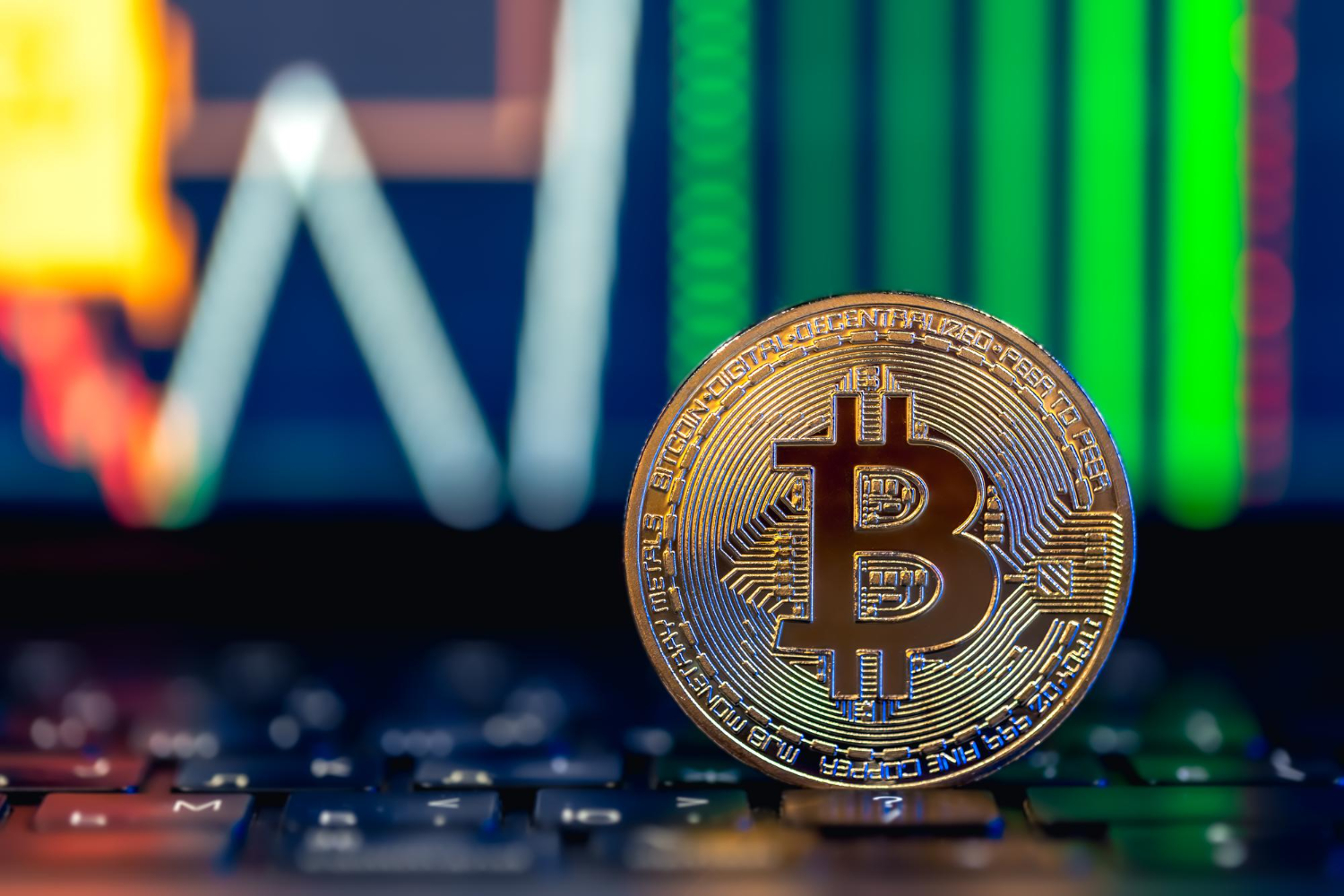I learned three valuable lessons on a 2014 Rocky Mountain climb that have claimed the lives of many mountaineers, but God graciously preserved me. Flying from sea level to Denver, hitching a ride the following morning to 12,000 feet, and climbing the Continental Divide in winter taught me the importance of proper climatization. Establishing an investment position in any security at too high an entry point is equally reckless; price always matters. I also learned that daily pack walks on flat ground at sea level don’t constitute proper training for a winter expedition at 14,000 feet, but failing to perform proper due diligence on a security already priced to perfection before committing one’s precious capital is equally negligent. Thirdly, the section of the ‘The Divide’ we traversed offered no escape route, but maintaining a position in a speculative bubble without an exit plan is equally dangerous. Are Artificial Intelligence (AI) and Bitcoin sound investments? Is it wise to buy them now?
The AI sector and Bitcoin are being evaluated together because they are both enjoying the euphoric investor sentiment associated with past bubbles, like that of the internet in 1997 and housing in 2003. Consider how bond guru Howard Marks, of Oaktree Capital Management, characterizes a bubble: “a security, asset class, or market being driven by:
-
Highly irrational exuberance
-
Outright adoration for the investment, and a belief that it can’t miss
-
Widespread fear of missing out (FOMO)
-
Broad conviction that for this investment, there’s no price too high”¹
It’s difficult to confirm the presence of something as subjective as “irrational exuberance”, but with Bitcoin trading at 7 times its price of 27 months ago, and AI posterchild, Nvidia, increasing 11 times in the same period,² rational buying seems to have departed these markets some time ago. The fact that I am asked every day about AI and Bitcoin by people who do not ordinarily occupy their time thinking about financial investments suggests to me that adoration and FOMO are affecting the price of both, and since FOMO invigorates purchases aimed primarily at quenching fear, the 4’th destructive sentiment is also likely present.
It’s important to understand that both of these investments provide something of value to humanity and are actively changing the world we live in, and as a result, will likely be around for a long time. Bitcoin provides a store of value that is uncompromised and private, and AI is shortening the learning curve in virtually all industries. The question is not whether these are legitimate investments, but in what manner and capacity they should be purchased, and at what price. Investments in internet stocks in 2007 evaporated immeasurable wealth, but it went on to change the way people gather and store information and communicate globally. I suspect in another 18 years something similar might be said of AI and Bitcoin.
We might summarize this brief analysis by understanding that God put the Continental Divide there to be climbed, but it must be done thoughtfully, with adequate preparation, and the risks must be mitigated to the extent they can be. Most stocks that soared in the internet frenzy later went to zero and don’t exist anymore, and the same will likely happen in both AI and Crypto. I suggest the following before you venture into these expensive markets:
-
Do your due diligence and know what you are buying and why
-
Realize these are speculations and limit your investment to an amount you can afford to lose
-
Maintain an exit plan to limit your potential loss
Think about it, Shaun.
“When something is on the pedestal of popularity, the risk of a decline is high” ~Howard Marks
“Give a portion to seven, or even eight, for you don’t know what disaster may happen on earth.” ~Ecclesiastes 11:2
1 Oaktree Capital Management, Howard Marks’ Memo, “On Bubble Watch”, January, 2025 2 Yahoo Finance, 5 Year Price Chart for BTC and NVDA, January 31, 2025.
The opinions voiced in this material are general and are not intended to provide specific recommendations.




